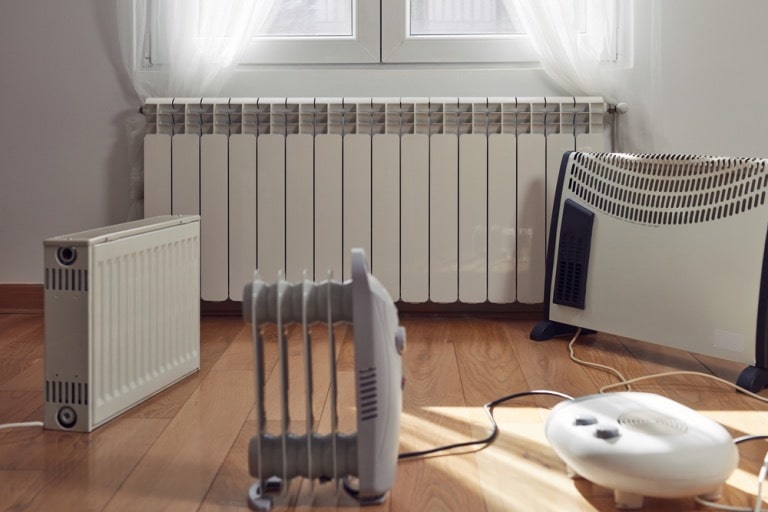Heating is an essential part of home comfort, especially in colder climates.
There are various types of heating systems used in homes, each with its advantages and disadvantages, and understanding these options can help homeowners make informed decisions about the best system for their needs.
Here’s a look at the most common types used in homes.
Furnaces
Furnaces are one of the most common systems in North America and are one of the easiest to acquire help with when facing emergency furnace repair concerns.
They work by blowing warm air through ducts that deliver the warm air to rooms throughout the house via air registers or grills. They can be powered by natural gas, oil, electricity, or propane.
Gas furnaces are the most popular due to their efficiency and cost-effectiveness, as they use a pilot light or electronic ignition to ignite the burners, which then heat the air.
Oil furnaces are less common but still used in areas where natural gas is not available, but they require regular maintenance and a steady supply of oil – or you’ll be facing a situation where you require emergency furnace repair.
Meanwhile, electricity, while more expensive to operate due to the high cost of electricity, is easier to install and maintain.
Boilers
Boilers heat water and provide either hot water or steam and distribute heat through radiators, baseboards, or radiant floor systems.
Boilers can be fueled by natural gas, oil, electricity, or propane, while the gas variations are efficient and commonly used, particularly in regions where natural gas is readily available.
Oil boilers, similar to oil furnaces, are used where natural gas is not an option and are typically less efficient than gas boilers. Electric boilers, although less common due to high operating costs, are sometimes used in homes without access to gas or oil.
Heat Pumps
Heat pumps are versatile systems that can provide both warmth and air conditioning. They work by transferring heat from one place to another. In winter, they extract heat from the outside air (even in cold temperatures) and move it indoors.
Air-source pumps are the most common type and are highly efficient in moderate climates but are less effective in extremely cold temperatures unless paired with a supplemental source.
Ground-source (geothermal) pumps are more efficient than air-source pumps and can work in all climates by transferring warmth between the ground and the home, leveraging the relatively constant ground temperature.
Radiant Heating
Radiant involves supplying heat directly to the floor or to panels in the wall or ceiling of a house. These systems depend largely on radiant transfer, delivering warmth directly from the hot surface to the people and objects in the room via infrared radiation.
Radiant floors can be installed as electric radiant floors, which use electric cables, or hydronic (liquid-based) systems, which use water heated by a boiler and pumped through tubes laid under the floor.
Radiant floors are known for their efficiency and comfort, while radiant panels, typically installed in walls or ceilings, can be either electric or hydronic, warm up quickly, and can be controlled on a room-by-room basis.
Space Heaters
Space heaters are fixed units that warm a small area rather than the whole house. They can be powered by electricity, gas, or kerosene. Electric space units are widely available in a variety of forms, including fan-forced, infrared, and oil-filled radiators, and are convenient for supplemental heating.
Gas space heaters use natural gas or propane and are more efficient than electric, making them useful for heating larger spaces – meanwhile, kerosene, though less common, can provide a lot of warmth but requires careful handling due to the fuel and ventilation requirements.
Fireplaces and Wood Stoves
Fireplaces and wood stoves provide both warmth and ambiance, burning wood, pellets, or gas. Wood-burning fireplaces and stoves offer a traditional method and can provide significant heat, but they require a steady supply of wood and regular cleaning.
Pellet stoves burn compressed wood or biomass pellets and are highly efficient, easier to operate, and maintain than traditional wood stoves, while gas fireplaces are convenient and provide heat without the mess of wood – and they can be vented or vent-free.
Work with the Best in Plumbing and Heating
Choosing the right heating system for your home depends on various factors, including your climate, energy availability, and personal preferences. Whether you opt for a furnace, boiler, pump, radiant, space, or fireplace, each system has its unique benefits and considerations.
Understanding the different types of systems can help you make an informed decision to keep your home warm and comfortable during the colder months.
